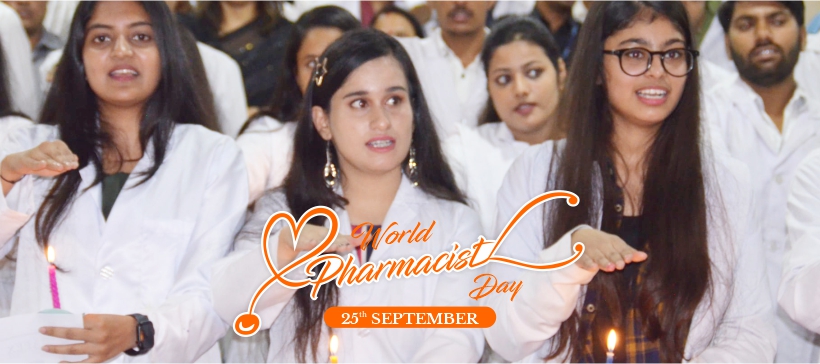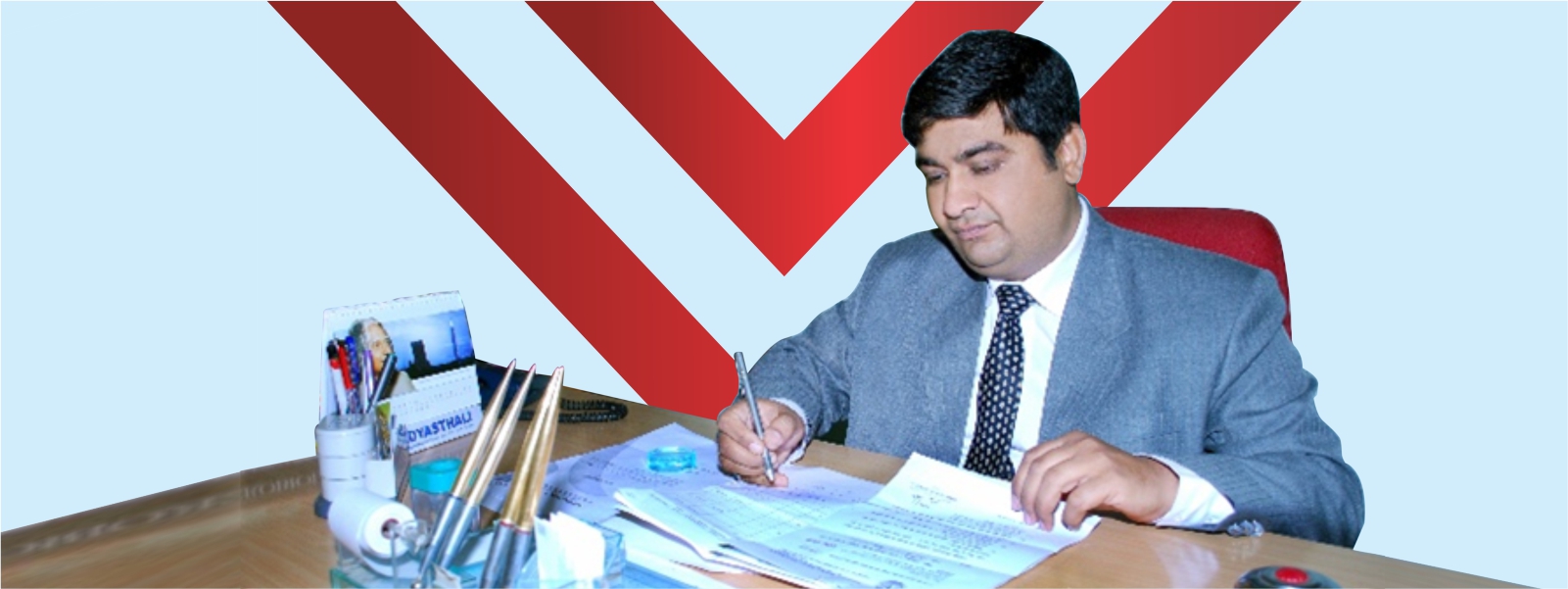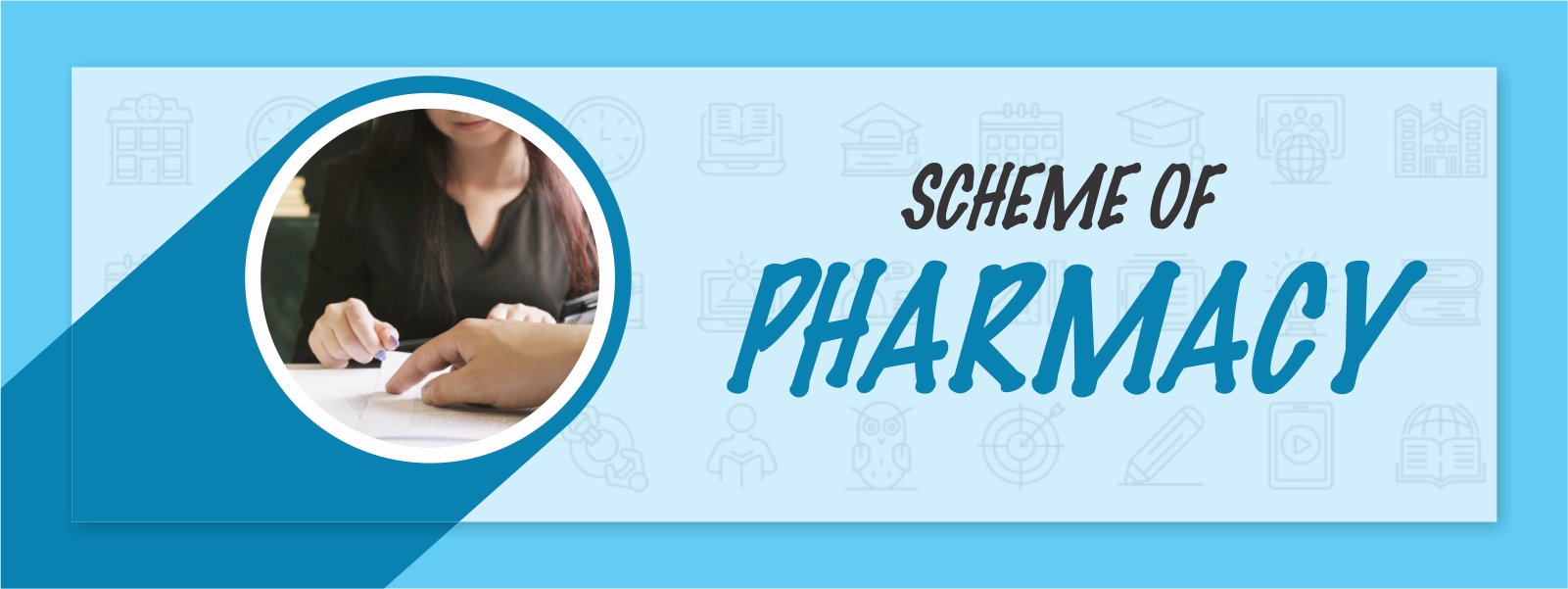
ANGINA PECTORIS AND IT’S TREATMENT
Angina pectoris is the chief symptoms of ischaemic heart disease (IHD) characterized by sudden, severe, substernal discomfort or pain which may radiate to the left shoulder and along the flexore surface of the left arm. Myocardial oxygen consumption is mainly determined by preload (venous return and stretching of the heart), afterload (peripheral arterial resistance) and heart rate. When the oxygen supply to the myocardium is insufficient for its needs, myocardial ischaemia develops. Pain is due to accumulation of metabolites in the cardiac muscle. The major symptoms of angina pectoris are Chest pain, squeezing, sweating, feeling of heaviness and fullness in chest, aching, dizziness, fatigue, vomiting, burning and discomfort.
The main causes of angina are fatty substances called plaque which builds up in our arteries and results in blocking blood flow to our heart muscles. This block forces our heart to work with less oxygen. Due to this we feel chest pain. We may also have blood clots in the arteries of our heart, which can cause heart attacks. Other causes of chest pain include pulmonary embolism, aortic stenosis, hypertrophic cardiomyopathy, aortic stenosis and aortic dissection.
The two forms of angina are classical angina (stable angina, angina of effort) and variant or prinzmetal’s angina. In classical angina, the pain is induced by exercise and emotion, both of which increase myocardial oxygen demand (even a heavy meal can precipitate angina). In such patients there is a narrowing artery due to atherosclerosis and therefore the coronaries cannot dilate to increase the blood supply during exercise. Hence tthere is an imbalance between oxygen supply and demand. The variant or Prinzametal’s angina, occurs at rest and is caused by spasm of the coronary arteri. Drugs are used to improve the balance between oxygen supply an demand either by increasing oxygen supply to the myocardium (coronary dilation) or by reducing the oxygen demand (reducing preload/after load/ heart rate or all of these).
Actually our life style and some disease could put us at higher risk of angina, including family history of heart disease, obesity, stress, less or no daily exercise, using tobacco and alcohols, old age, high cholesterol, high blood pressure and diabetes.
The diagnosis of angina includes stress test, complete blood test, EKG (Measurement of rhythm and heart’s electrical activity), Chest X-rays, Echocardiograms, CT and MRI scans, Cradiac catheterization (A long and thin tube is inserted into an artery of our leg and threads it up to our hear to check our blood flow and pressure) and finally Coronary angiography (In this a dye is injected into the blood vessels of heart. The dye shows up on an X-ray, creating an image of blood vessels).
The treatment depends on the quantity of damage of heart. First of all life style changes and some medicines can help in better blood flow and control their symptoms.
Life style changes includes daily walking and exercise, stop smoking and use of tobacco (damage blood vessels), eat balanced and healthy diet for heart which lowers blood pressure and cholesterol level for example fruits and vegetables, low salt and sugar, whole grains, fish, fat free dairy products and lean meat. Relieve stress by meditation, deep breathing and yoga.
Medicines include mainly nitrates calcium channel blockers to relax and dilate vessels so that more blood flow to heart. Anti-platelets or blood thinners medicines are used to prevent any clot in blood. Statins are also used to lower cholesterol level and stabilize plaque. Beta blockers are used to slow our heart down. If these medicines are not enough then we need to open the blocked arteries with medical procedure or surgery. These could be:



